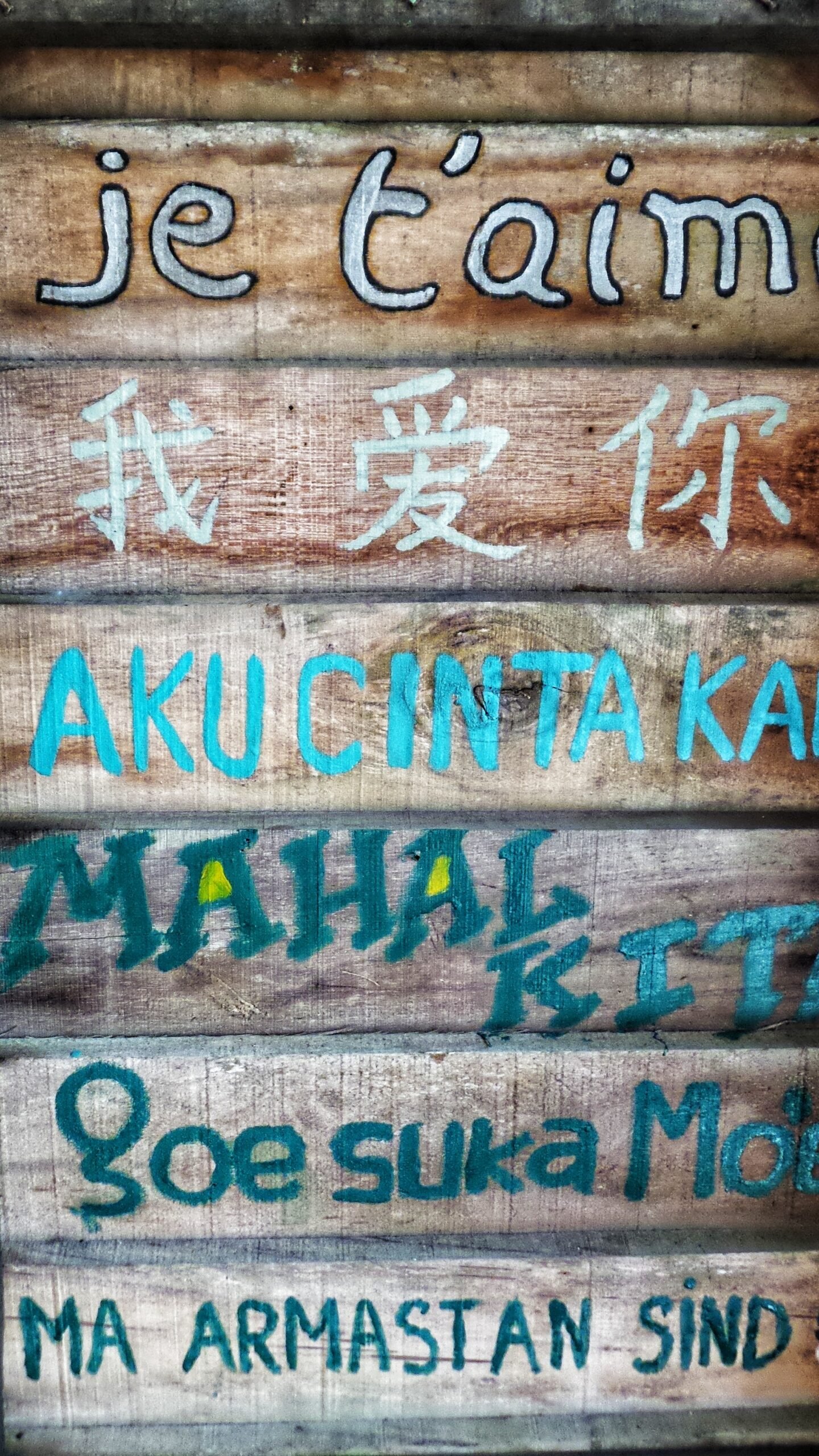Language is a powerful tool that goes beyond simple communication. It plays a crucial role in shaping cultural identity, influencing the way we think, behave, and perceive the world around us. Our language reflects our history, traditions, and values, and serves as a bridge between generations, connecting us to our roots.
The Connection Between Language and Culture
Language and culture are deeply intertwined. Language is not just a means of communication; it is a reflection of our cultural heritage. The words we use, the idioms and expressions unique to our language, all contribute to the development and preservation of our cultural identity. Language allows us to express our thoughts, emotions, and experiences, and it shapes the way we perceive the world.
For example, certain languages have words that are specific to their culture, capturing concepts and ideas that may not exist in other languages. These words are often deeply rooted in the cultural experiences and values of the community. By using these words, individuals are able to express ideas and emotions that may be difficult to convey in another language. This linguistic diversity enriches our understanding of different cultures and fosters a sense of appreciation and respect.
Preserving Cultural Identity Through Language
Language is a vital tool in preserving cultural identity. It is through language that traditions, stories, and customs are passed down from one generation to the next. When a language is lost, a significant part of a culture’s identity is lost as well. Language acts as a repository of knowledge and history, holding the collective wisdom of a community.
Efforts to preserve endangered languages are crucial in maintaining cultural diversity. Language revitalization programs, language immersion schools, and the documentation of oral traditions are just a few ways in which communities are working to ensure the survival of their languages. These initiatives not only preserve the linguistic heritage but also contribute to the overall preservation of cultural identity.
Language as a Tool for Cultural Expression
Language allows individuals to express their cultural identity and share their unique perspectives with the world. Through language, we can communicate our values, beliefs, and traditions. It is a medium for storytelling, poetry, and song, enabling us to celebrate our cultural heritage and connect with others on a deeper level.
Furthermore, language plays a role in shaping our worldview. Different languages have different grammatical structures and vocabularies, which can influence the way we think and perceive the world. Bilingual individuals often report feeling a shift in their mindset when switching between languages, as each language carries its own cultural nuances and ways of expressing thoughts and emotions.
The Power of Language in Cultural Integration
Language also plays a crucial role in cultural integration. When individuals from different cultural backgrounds come together, language acts as a bridge, facilitating understanding and fostering a sense of belonging. Learning a new language allows individuals to connect with a different culture, understand its values, and build meaningful relationships.
Language learning can break down barriers and promote cultural exchange. By learning another language, we gain a deeper understanding of the culture it represents, enabling us to engage in meaningful conversations and build connections with individuals from diverse backgrounds.
Conclusion
Language is not just a tool for communication; it is a powerful force that shapes our cultural identity. It connects us to our roots, preserves our traditions, and allows us to express our unique perspectives. By recognizing the role of language in shaping cultural identity, we can foster a greater appreciation for linguistic diversity and promote cultural understanding and integration.

